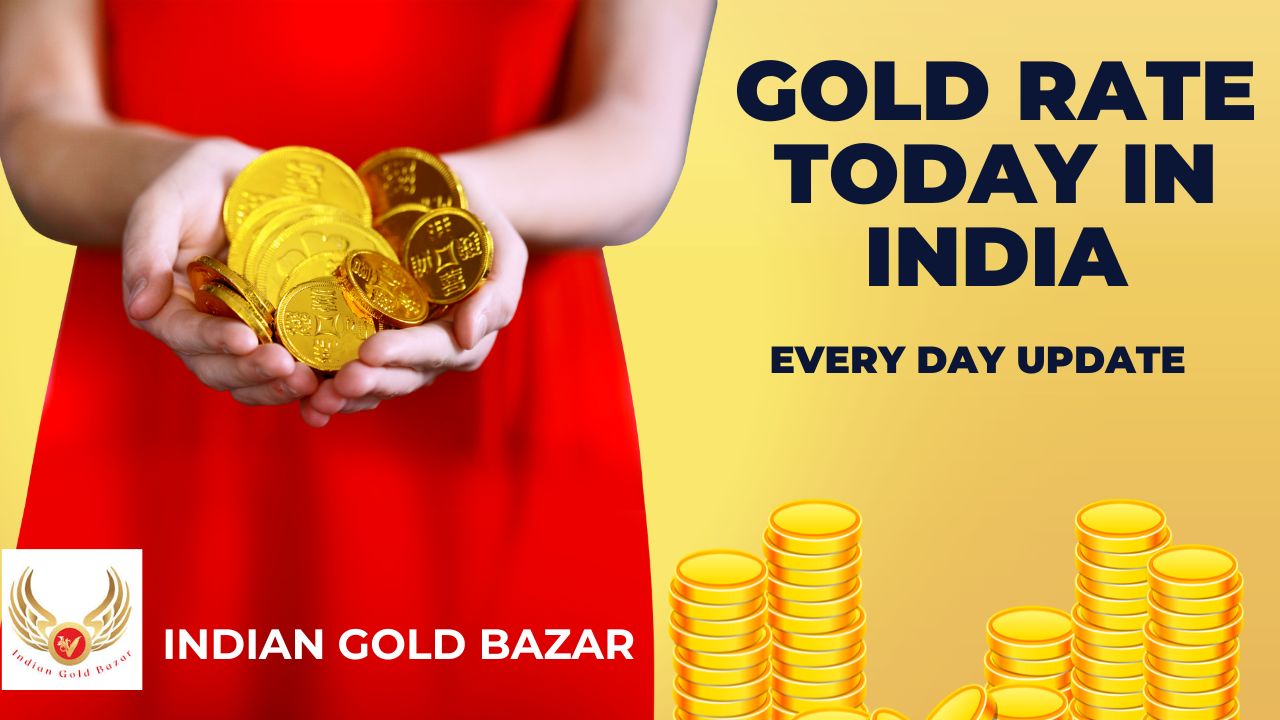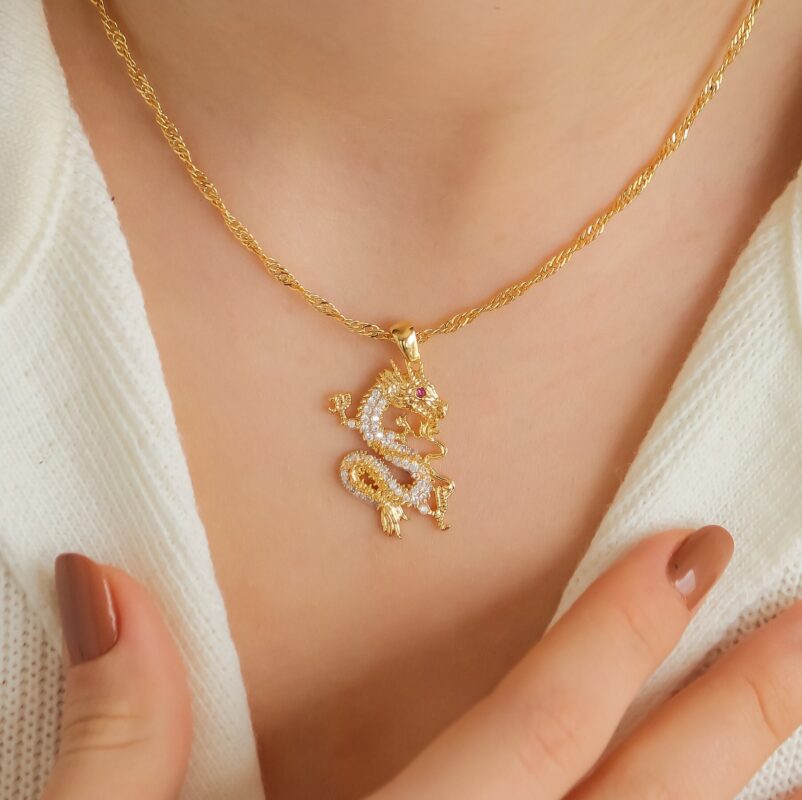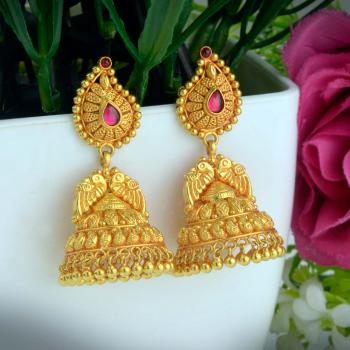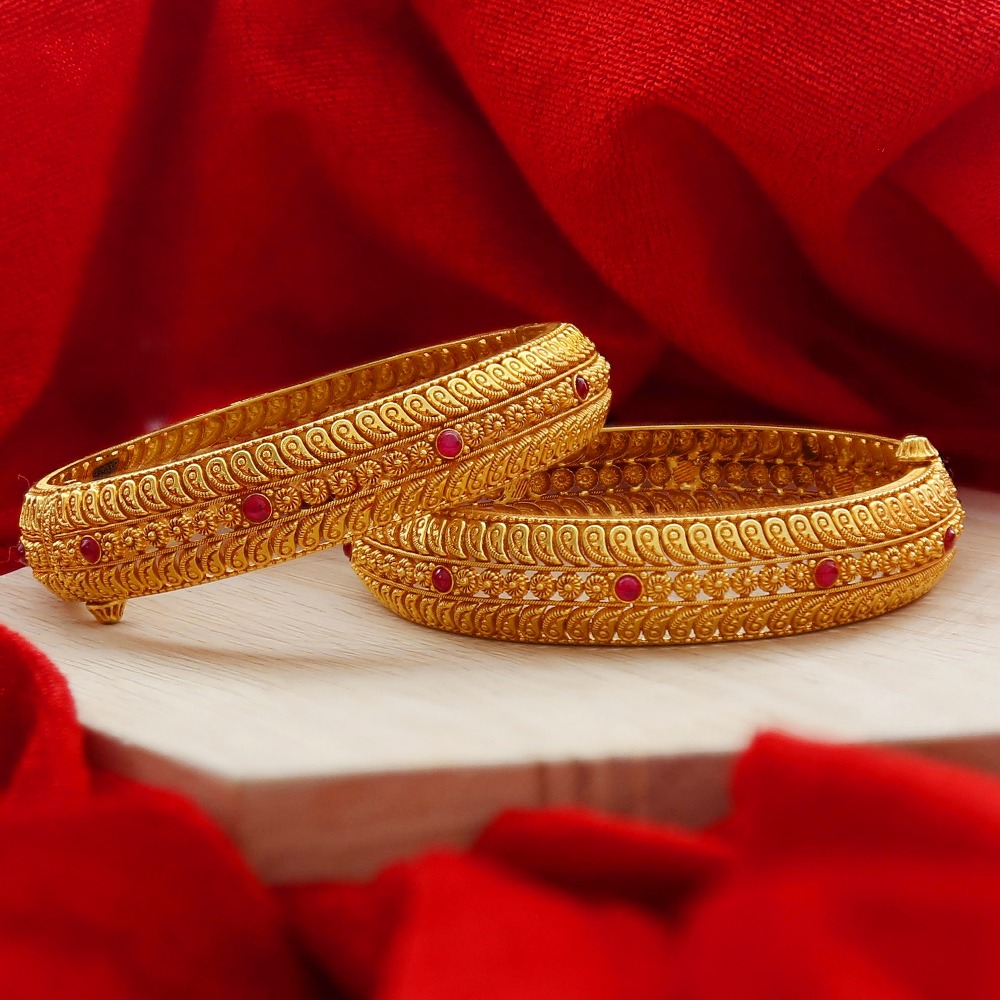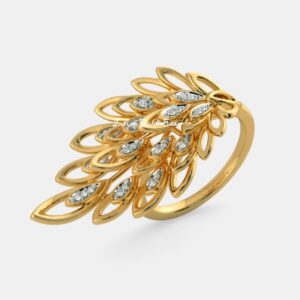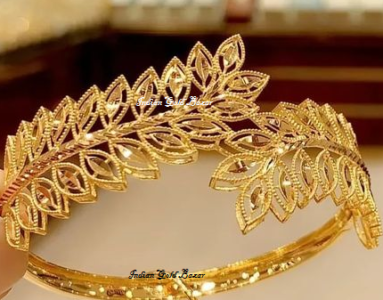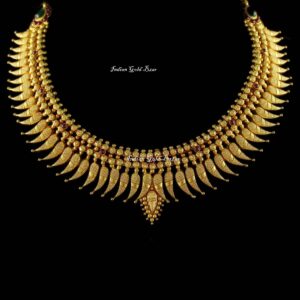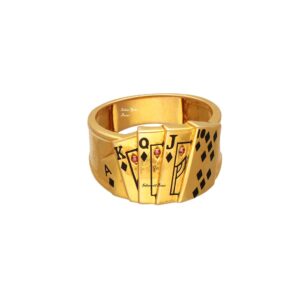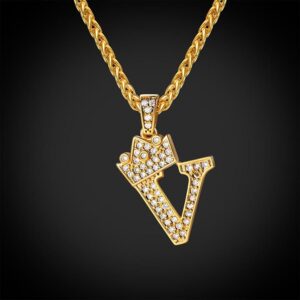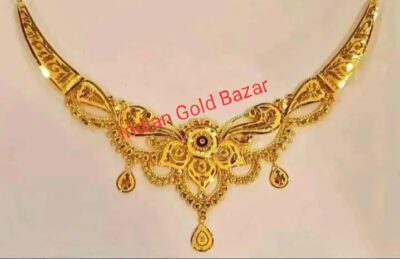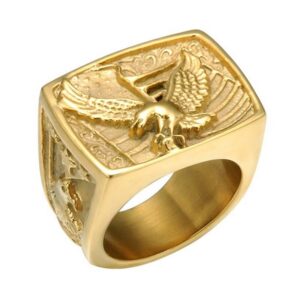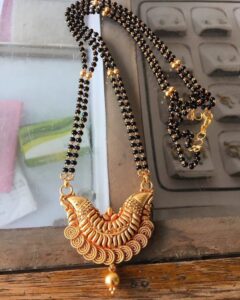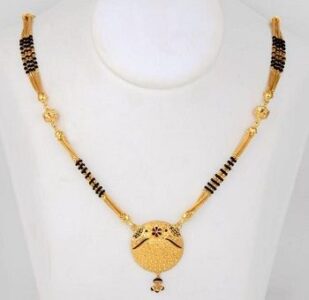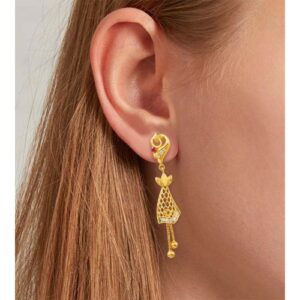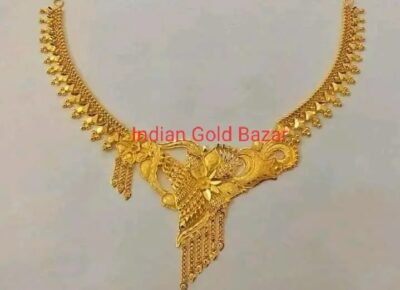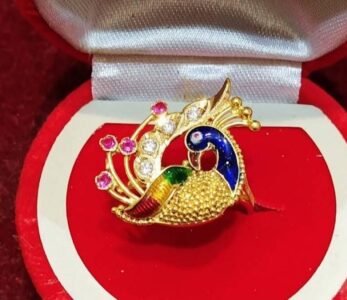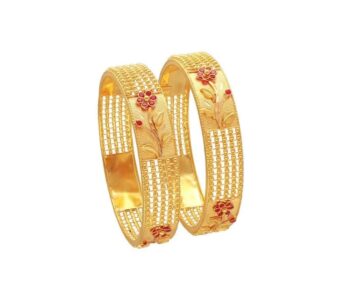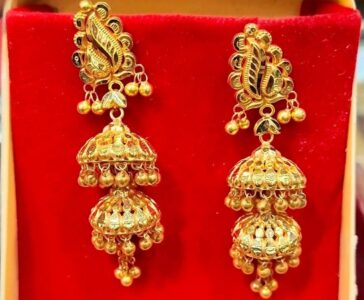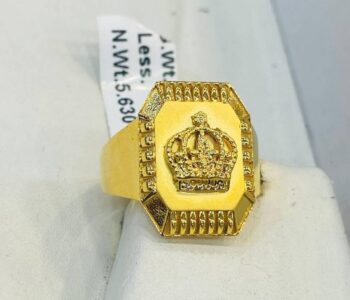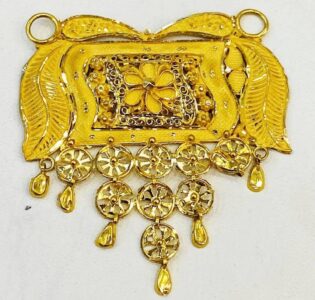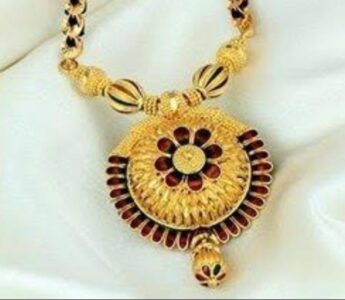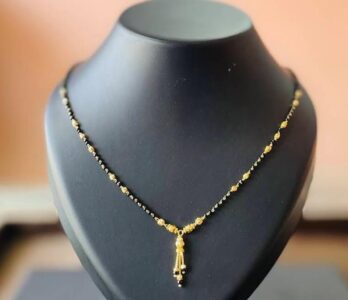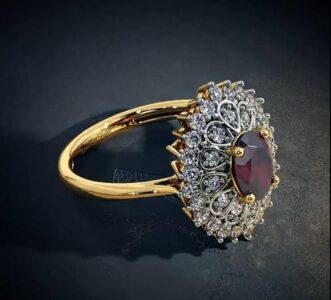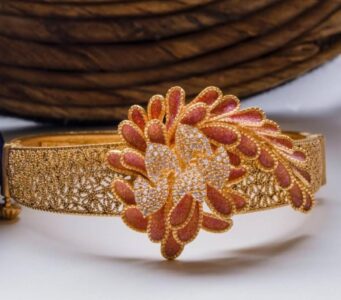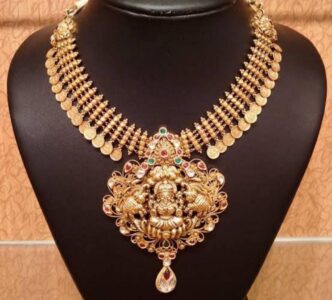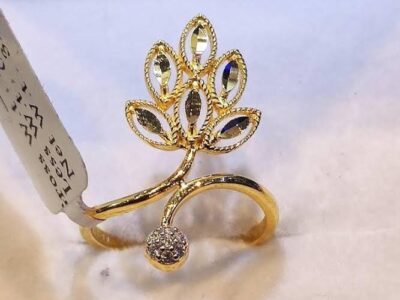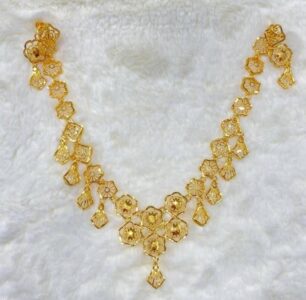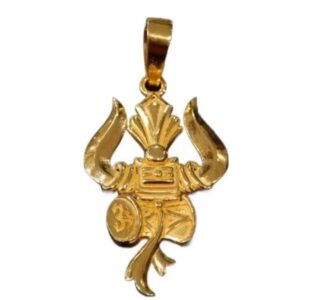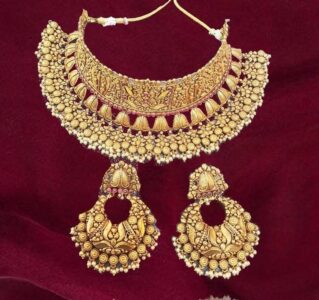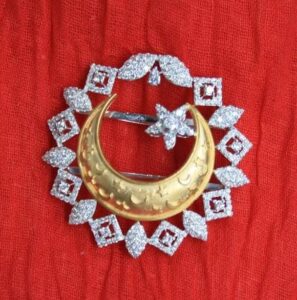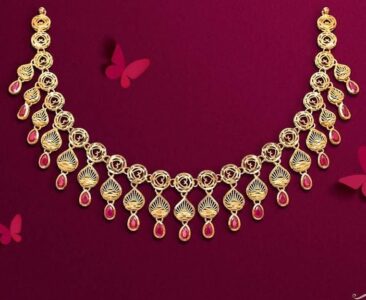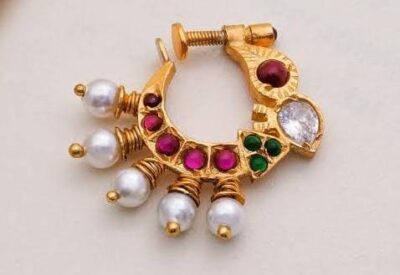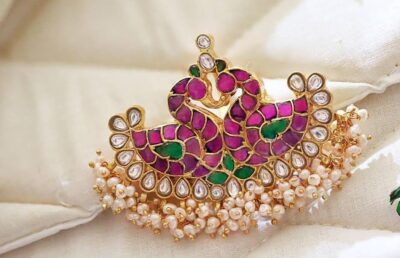- BLOG / ARTICLE
- Gold Rate/ Gold Price
- Earring/Gold Earring/Earring Design/Gold Earring Price
- Ring/ Gold Ring/ Gold Ring Design
- Necklace/Gold Necklace/ 22K Gold Necklace
- Bangle/Gold Bangle Design/18K-22K GOLD BANGLE
- Mangalsutra/Traditional gold Mangalsutra Design
- Diamond Jewelry/Diamond Rings/Diamond Necklace
Home >> Shops >> Gold Rate Today
The price of gold today is ₹9,937 per gram for 24 karat gold, ₹9,255 per gram for 22 karat gold and ₹7,511 per gram for 18 karat gold
GOLD PRICE >> Gold Quality Details>> Gold Price today Value >> Gold Asset Value >> Gold Various Designs >>
The price of gold can fluctuate based on various factors like market demand, economic conditions, geopolitical events, and more. The price of gold was around 9,000Rs to 9,500Rs per Gram, but please note that these prices can change significantly over time. For the most current and accurate gold prices, it's best to check financial news sources or websites that track commodity prices. Is there something specific you'd like to know or discuss about gold?
GOLD PRICE VARIATION
The price of gold can vary due to a multitude of factors:
Market Demand and Supply: Fluctuations in demand and supply influence prices. Increased demand, especially during times of economic uncertainty, tends to drive prices up.
Inflation and Economic Conditions: Gold is often seen as a hedge against inflation or economic instability. When there's uncertainty about currencies or economic downturns, people often turn to gold as a safe investment, increasing its price.
Currency Movements: As gold is traded globally, fluctuations in currency values can impact its price. A weaker dollar, for example, often leads to higher gold prices because gold becomes cheaper for buyers using other currencies.
Geopolitical Events: Wars, political unrest, or global events can create uncertainty, leading investors to seek safe-haven assets like gold, thus driving up its price.
Interest Rates: Changes in interest rates can influence gold prices. Higher interest rates can sometimes reduce the appeal of non-interest-bearing assets like gold, causing its price to drop.
Central Bank Policies: Actions taken by central banks, such as gold buying or selling, can affect gold prices.
Market Speculation: Speculative trading in gold futures and options markets can cause short-term fluctuations in prices.
These factors and others interact in complex ways, causing gold prices to constantly fluctuate. For the most up-to-date information on gold prices, it's recommended to check financial news sources or specific financial websites.
GOLD PRICE IN DIFFERENT STATE IN INDIA
Gold prices can vary across different states in India due to factors like local taxes, transportation costs, and varying demand-supply dynamics. However, the overall price trend is usually quite similar across the country because gold rates are largely influenced by international prices.
In India, gold prices are typically quoted per 10 grams or per gram. To get the current gold price in a specific state, you can check with local jewellers, financial newspapers, financial websites, or even some mobile applications that provide live updates on gold rates.
Remember, various factors such as purity (karat), making charges, and taxes can also impact the final price of gold jewellery or bullion, so it's essential to consider these factors when determining the price in different states.
INDIAN TODAY GOLD PRICE
I don't have direct access to real-time information or live updates on current gold prices. The price of gold in India fluctuates based on various factors including international market rates, taxes, duties, and local demand-supply dynamics.
To find the most recent gold prices in India, I recommend checking reputable financial news websites, financial apps, or dedicated websites that provide live updates on gold rates. These platforms often offer region-specific information, allowing you to check gold prices in major cities like Mumbai, Delhi, Chennai, Kolkata, etc.
Additionally, local jewellers, bullion traders, or banks can also provide current gold rates for different cities in India. They often display daily gold rates based on different purities (such as 24K, 22K, 18K) and various weights (per gram or per 10 grams).
INDIAN GOLD BAZAR
The Indian gold market is quite diverse and active, encompassing various avenues for buying and selling gold. In India, gold is not just a precious metal but holds significant cultural and investment value. Here are some aspects of the Indian gold market:
Jewelry Stores: These are prevalent across cities and towns, offering a wide range of gold jewelry designs. These stores usually sell gold jewelry based on weight and purity (karat) along with making charges.
Bullion Dealers: Bullion dealers sell gold bars or coins typically in higher purities like 24 karat. These can be bought for investment purposes and are usually available at market rates.
Gold ETFs (Exchange-Traded Funds): These are investment funds that represent ownership of gold and trade on stock exchanges. Investors buy and sell shares in these funds, reflecting the current gold prices.
Gold Futures: In India, gold futures are traded on commodity exchanges like MCX (Multi Commodity Exchange) and NCDEX (National Commodity and Derivatives Exchange), allowing investors to hedge against price fluctuations.
Gold Schemes by Jewelers/Banks: Some jewelers and banks offer gold saving schemes where customers can deposit money monthly and, at the end of the tenure, purchase gold at a predetermined price.
Online Platforms: There are various online platforms and apps where you can buy gold digitally, invest in gold ETFs, or even purchase physical gold for delivery.
Understanding the current gold rates in India is crucial when buying or selling gold. The rates fluctuate based on international prices, local taxes, duties, and other factors. Checking with local jewelers, banks, financial news websites, or dedicated apps that provide live updates on gold rates is advisable to stay updated with the current market prices.
WOMEN INTEREST ON GOLD
Women's interest in gold spans various facets, from cultural significance to investment and fashion. Here are some reasons why women might be interested in gold:
Fashion and Jewelry: Gold jewelry has been a part of women's fashion for centuries. Its durability, shine, and timeless appeal make it a popular choice for earrings, necklaces, bracelets, and other accessories.
Investment: Gold is often seen as a stable investment and a hedge against inflation. Women, like anyone else, may invest in gold bars, coins, or funds as a way to diversify their investment portfolios and protect their wealth.
Cultural and Traditional Significance: In many cultures, gold holds significant value in ceremonies, weddings, and family heirlooms. Women may cherish gold pieces passed down through generations for their sentimental value and cultural importance.
Financial Independence: With an increasing focus on financial literacy and independence, women may view gold as a tangible asset that can be acquired and managed independently, contributing to their financial stability.
Self-expression: Wearing gold jewelry can be a form of self-expression and confidence. Women may choose specific pieces that reflect their personality, style, or commemorate significant life events.
Beauty Industry: Gold-infused skincare products have gained popularity in recent years. Some women are drawn to the perceived skincare benefits of gold, believing it can improve skin texture and radiance.
Entrepreneurship: Women might engage in businesses related to gold, such as jewelry design, retailing, or trading, showcasing their creativity and business acumen.
Empowerment: For some women, owning gold can symbolize independence, financial empowerment, and the ability to make their own investment decisions.
Women's interest in gold is multifaceted and can vary widely depending on individual preferences, cultural backgrounds, and personal beliefs.
GOLD PURE VALUE
The "pure" or "fine" value of gold refers to its value when it's in its most refined state, typically measured in terms of purity or karats. Gold purity is often denoted in karats, with 24 karats representing pure gold. However, gold used in jewelry and investments is often mixed with other metals for durability, making it less than 24 karats.
The value of pure gold is determined by various factors:
Purity: As mentioned, 24-karat gold is considered pure. The value of gold is affected by its purity level; the higher the purity, the higher the value per unit of weight.
Market Price: The market price of gold fluctuates based on supply and demand dynamics, economic conditions, geopolitical factors, and investor sentiment. This price is commonly quoted in terms of price per troy ounce, gram, or kilogram.
Weight: The weight of pure gold directly influences its value. The heavier the gold, the higher its value, assuming the same purity level.
Global Standards: Gold's value is also influenced by global standards and benchmarks set by institutions like the London Bullion Market Association (LBMA), which establishes the purity and quality standards for traded gold.
Currency Exchange Rates: Since gold is traded globally, its value is impacted by currency exchange rates. Fluctuations in currency values against major currencies like the US dollar can affect the price of gold.
It's essential to note that the value of pure gold is different from the retail price of gold jewelry or products, which includes additional costs like manufacturing, design, retailer margins, and other factors.
To determine the value of pure gold, one can multiply the weight of the gold in troy ounces (or grams) by the current market price per troy ounce (or gram) of gold for a specific purity level.
Ultimately, the pure value of gold is a fundamental aspect that influences its pricing across various industries, including jewelry making, investments, and trading.
GOLD FUTURE VALUE
Predicting the future value of gold involves considering various factors that can influence its price over time. While it's impossible to make precise predictions, certain elements historically impact the value of gold:
Market Conditions: Economic factors, such as inflation rates, interest rates, and overall market stability, can significantly affect the value of gold. During times of economic uncertainty or inflation, gold tends to be seen as a safe-haven asset, potentially driving its value up.
Geopolitical Events: Political instability, conflicts, or geopolitical tensions often increase demand for gold as a hedge against uncertainty. These events can cause fluctuations in gold prices.
Supply and Demand: The supply of gold from mining, recycling, and central bank sales influences its price. Changes in demand, particularly from industries like jewelry or technology, also impact its value.
Currency Fluctuations: Gold is traded globally and is inversely correlated with the strength of the US dollar. When the dollar weakens, gold often becomes more attractive to investors, potentially increasing its value.
Investor Sentiment: Sentiment in financial markets and among investors plays a significant role. Market speculations, investor confidence, and overall sentiment towards gold as an investment influence its future value.
Central Bank Policies: Decisions made by central banks regarding interest rates, monetary policies, or gold reserves can impact the value of gold.
Technological Advances: Advances in mining technology or changes in industrial uses of gold can affect its supply and demand dynamics, subsequently influencing its value.
Inflation Hedge: Gold has historically served as a hedge against inflation. If inflationary pressures increase, it may positively affect the future value of gold.
While these factors offer insights into potential influences on gold's future value, predicting its precise value involves considering a multitude of ever-changing variables, making accurate forecasts challenging. Investors and analysts often use historical data, trends, and current market analysis to make informed projections, but these projections can never be guaranteed due to the complexity and unpredictability of financial markets.
Lab grown diamond Vs Real diamond price difference in India
Lab grown diamond Vs Real diamond price difference in India...
Read MoreTrending gold necklace design
Here are some trending gold necklace designs that offer a...
Read More
